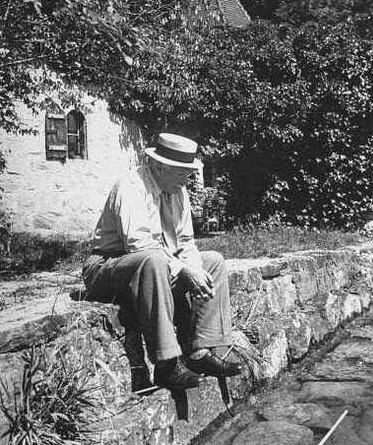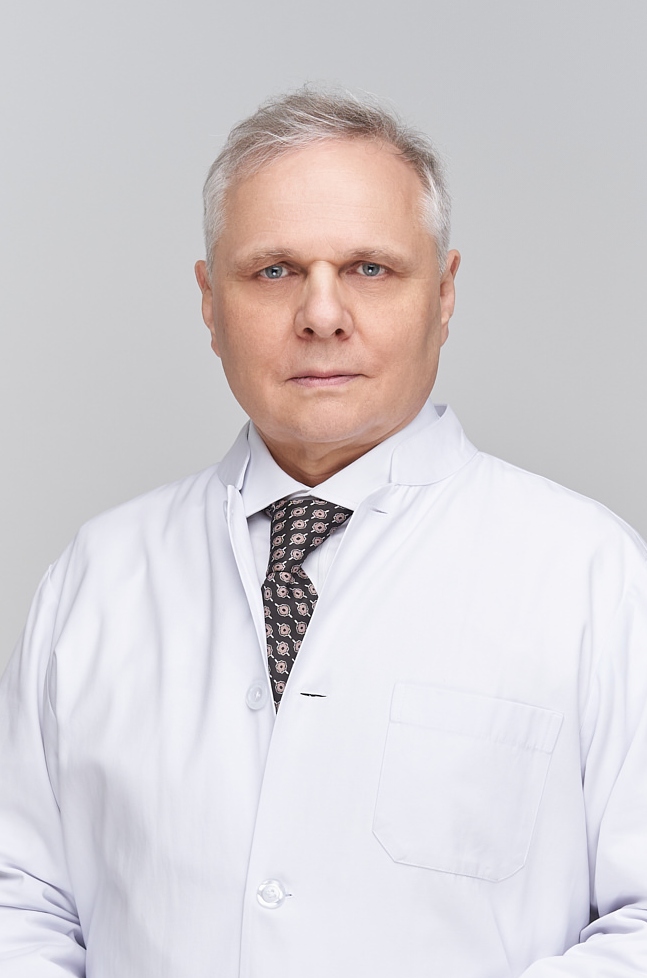
Synchronicity refers to meaningful coincidences that occur in our lives, where events are not connected causally but by meaning.
Synchronistic events are not easily explained or predicted by conventional scientific laws, as they transcend the boundaries of linear cause-and-effect relationships. They support Jung’s conviction that psyche is not connected to time and space.
Synchronicity is still not accepted by mainstream science, which is governed by evidence, proof, and the principle of causality. This is not surprising, as synchronistic phenomena appear to be entirely random and cannot be studied using current statistical methods.
Synchronicity in Chinese Philosophy
Carl Gustav Jung was deeply introverted person looking not only at the external events but also in his “inner world” consisting of dreams and visions. Observing other people and taking in account his own experiences Jung noticed the unusual occurrence of phenomena not connected causally but by the meaning. For example, someone who thinks about a person whom he didn’t see for decades will receive just in this moment a call from this person. Jung called the meaningful coincidence “synchronicity”. He wrote:
A coincidence in time of or more causally unrelated events which have the same or similar filing’ – as when one dreams of the death of a distant friend the very same night that she dies. There can be no causal connection between the two events, yet we experience them as meaningfulCW VIII, Para. 849
The concept of synchronicity, a non-causal phenomenon meets the same difficulties from the mainstream science as his other concept, the intuition.
This “acausal connecting principle”, as Jung called it, is the basis of the ancient Chinese attitude to reality incorporated in the I Ching – namely, that anything that happens is related to everything else that happens at the same time.
Non-Causal Phenomena in Synchronicity

C.G. Jung synchronicity, often described as an acausal connecting principle, lies at the heart of synchronicity in C.G. Jung psychology. Our Western world-view teaches that time is a purely abstract measure, but, if we are honest, it never feels as if it is. C.G. Jung intuitively felt this, pointing to an acausal archetypal order at the root of all phenomena which is responsible for meaningfulness. He extended this to the coincidence of associated physical and mental events. With the synchronicity concept, he suggested that there is a deeper order or interconnectedness in the universe.
Unconscious mind psychology and the study of precognitive dreams intersect with Jung’s exploration of synchronicity. In his research on synchronicity, Jung cooperated with the physicist Wolfgang Pauli, who became Jung’s patient after developing a personal crisis. Working with Pauli, a Nobel Prize winner, Jung wanted to find a connection between the non-causal phenomena of synchronicity and quantum physics. It seems that the results of this research were never published due to Pauli’s worries about his reputation as a serious scientist. Today, paradoxically, it is not psychologists but quantum physicists who support Jung’s understanding of the psyche as an entity unrelated to matter (the brain) and independent of time and space.
Examples of Synchronistic Events
Synchronistic occurrences are part of the experience of most people at some point, yet there is something inherently unsatisfactory about how they are often dismissed in our culture as “mere coincidence.” Below are some examples of synchronistic events that might be familiar to many of us:
Thinking of a person:
For instance, you might think of a friend you haven’t seen or thought about for years, only to unexpectedly meet them on the street or receive a call or email from them at the same moment.
Repetition of specific numbers:
Witnessing repeated patterns of specific numbers can also be a synchronistic sign. These numbers might appear on clocks, license plates, or bills. The probability of such numbers occurring in a particular sequence within a specific time period can seem almost impossible.
Dreaming of future events:
An example could be dreaming of a loved one’s passing, only to later find that the event has occurred in reality.
In his biography, Jung described a personal synchronistic experience: He woke up in the middle of the night with an excruciating headache. The pain moved from the front to the back of his head. The next day, he received news that one of his patients had committed suicide by shooting himself. The bullet had entered the patient’s forehead and stopped at the back of his skull, mirroring the pain Jung had experienced.
Jung, Philemon and Kingfisher
In his biography “Memories, Dreams, Reflections”, Jung mentioned a dream in which he saw an old man with kingfisher wings flying across the sky. After the dream, Jung painted the image, not understanding the meaning of the dream. While painting the kingfisher man he found in his garden a dead kingfisher, a bird he never saw before in Zurich.
“During the days when I was occupied with the painting, I found in my garden, by the lakeshore, a dead kingfisher! I was thunderstruck, for kingfishers are quite rare in the vicinity of Zurich and I have never since found a dead one. The body was recently dead – at the most, two or three days – and showed no external injuries”. MDR
Jung’s Pre-Sensations and Visions
During his visit by Sigmund Freud in Vienna, Jung heard a sudden cracking sound coming from the shelf. He mentioned to Freud that he felt it before the event happened. Freud declared it as nonsensical. Few second later Jung predicted another cracking sound.
…I had a curious sensation. It was as if my diaphragm were made of iron and were becoming red-hot a glowing vault. And at that moment there was such a loud report in the bookcase, which stood right next to us, that we both started up in alarm, fearing the thing was going to topple over on us. I said to Freud: “There, that is an example of a so-called catalytic exteriorization phenomenon”.
“Oh come,” he exclaimed. “That is sheer bosh.”
“It is not,” I replied. “You are mistaken, Herr Professor. And to prove my point I now predict that in a moment there will be another such loud report!” Sure enough, no sooner had I said the words than the same detonation went off in the bookcase. To this day I do not know what gave me this certainty. But I knew beyond all doubt that the report would come again. Freud only stared aghast at me… MDR
Jung’s Visions Prior to Outburst of WW I
In his biography Jung describes his visions and dreams from spring and summer 1914:
While I was alone on a journey, I was suddenly seized by an overpowering vision: I saw a monstrous flood covering all the northern and low-lying lands between the North Sea and the Alps. When it came up to Switzerland, I saw that the mountains grew higher and higher to protect our country. I realized that a frightful catastrophe was in progress. I saw the mighty yellow waves, the floating rubble of civilization, and the drowned bodies of uncounted thousands. Then the whole sea turned to blood…. An inner voice spoke. “Look at it well; it is wholly real and it will be so. You cannot doubt it.”
…Soon afterward, in the spring and early summer of 1914, I had a thrice-repeated dream that in the middle of summer an Arctic cold wave descended and froze the land to ice. …On August 1 1914 the World War I broke out.MDR

DR. GREGOR KOWAL
Dr. Gregor Kowal studied human medicine at the Ruprecht-Karls-University in Heidelberg, Germany, where he also earned his doctoral degree (PhD). He completed his specialization in Psychiatry and Psychotherapy with the Medical Chamber of Koblenz, Germany. In the following years, he held positions as Head of Department and Medical Director in various psychiatric hospitals across Germany. Alongside his clinical responsibilities, he served as a consultant expert for the Federal Court in Frankfurt, providing psychiatric evaluations in legal cases. Since 2011, Dr. Kowal has been working as the Medical Director of CHMC, the Clinic for Psychiatry and Psychotherapy in Dubai, UAE. His specialist training includes extensive expertise in biological psychiatry and psychodynamic psychotherapy.


